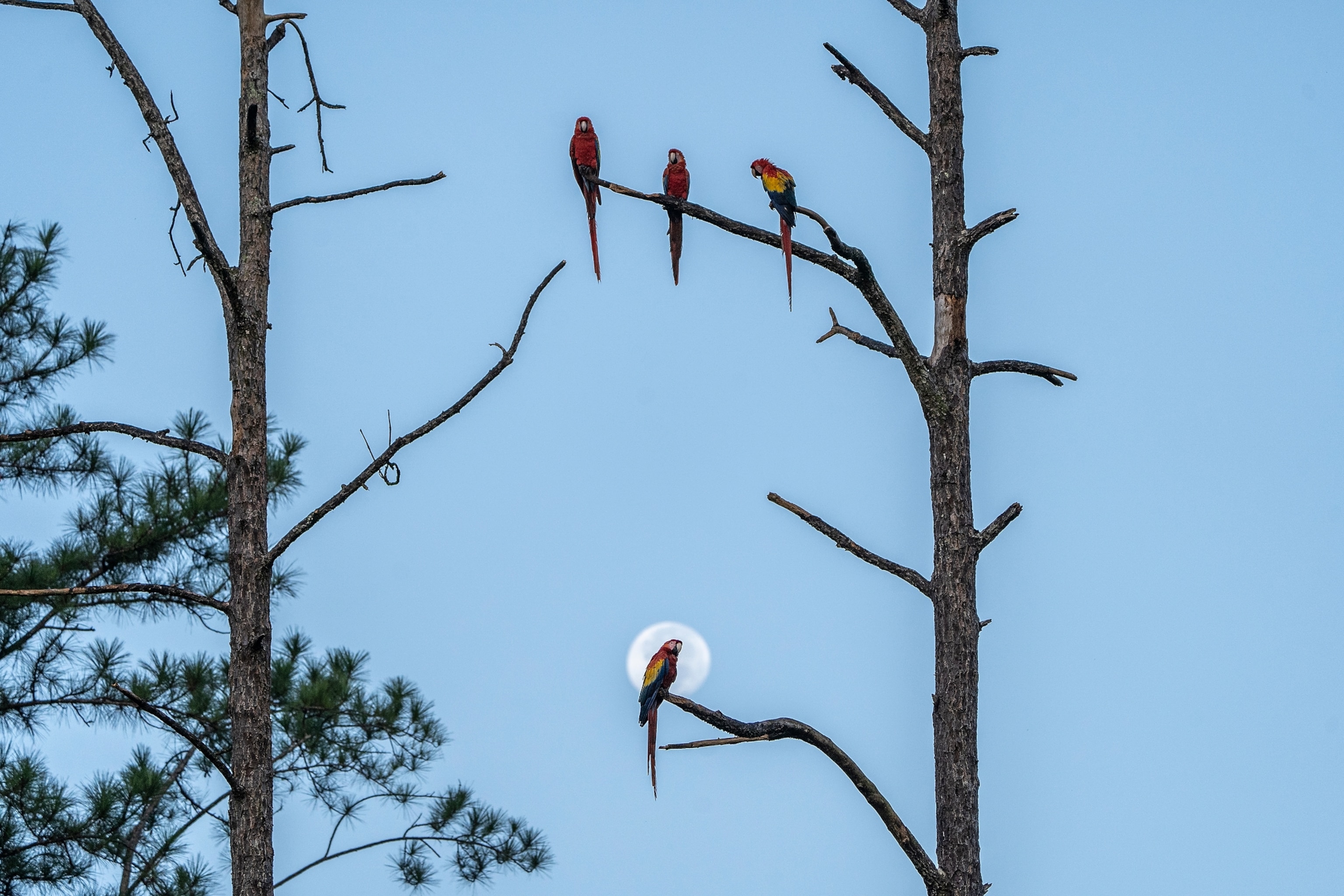
The scarlet macaw population in Central America’s largest wilderness area had dwindled drastically. The Indigenous Miskito people stepped in to help save them.
A scarlet macaw perches on a tree branch at sunrise with the full moon in the background in La Mosquitia, Honduras. The region is home to the largest wilderness area in Central America and is the only place in the country where these birds fly freely. The national bird of Honduras had been at risk of extinction but the population has rebounded thanks to conservation efforts supported by the Indigenous Miskito people.
ByJorge Rodríguez
Photographs byAlejandro Cegarra
February 06, 2023
•12 min read
La Mosquitia, Honduras — It’s 4:30 in the morning. Behind a pine forest, the sun begins to lighten the sky with bright and warm tones, accompanied by the squawks of a small group of apu pauni, as the Indigenous Miskito people call the scarlet macaw. The colorful feathered creatures, the country’s national bird, groom each other as they wait for Anayda Pantin Lopez who has dedicated the last 12 years to protecting them.
“I do it with lots of love because they are like my children,” says Pantin. “I give them rice with beans, yucca, and plantain. When we can, we buy bird food.”
The Miskitos live in La Mosquitia on the northeast corner of Honduras, which has the largest wilderness area in Central America and is the only place in the country where scarlet macaws fly freely. Pantin and her husband, Santiago Lacuth Montoya, live in a small village called Mabita, where most of its inhabitants protect these exotic birds and the rest of the wildlife surrounding them.
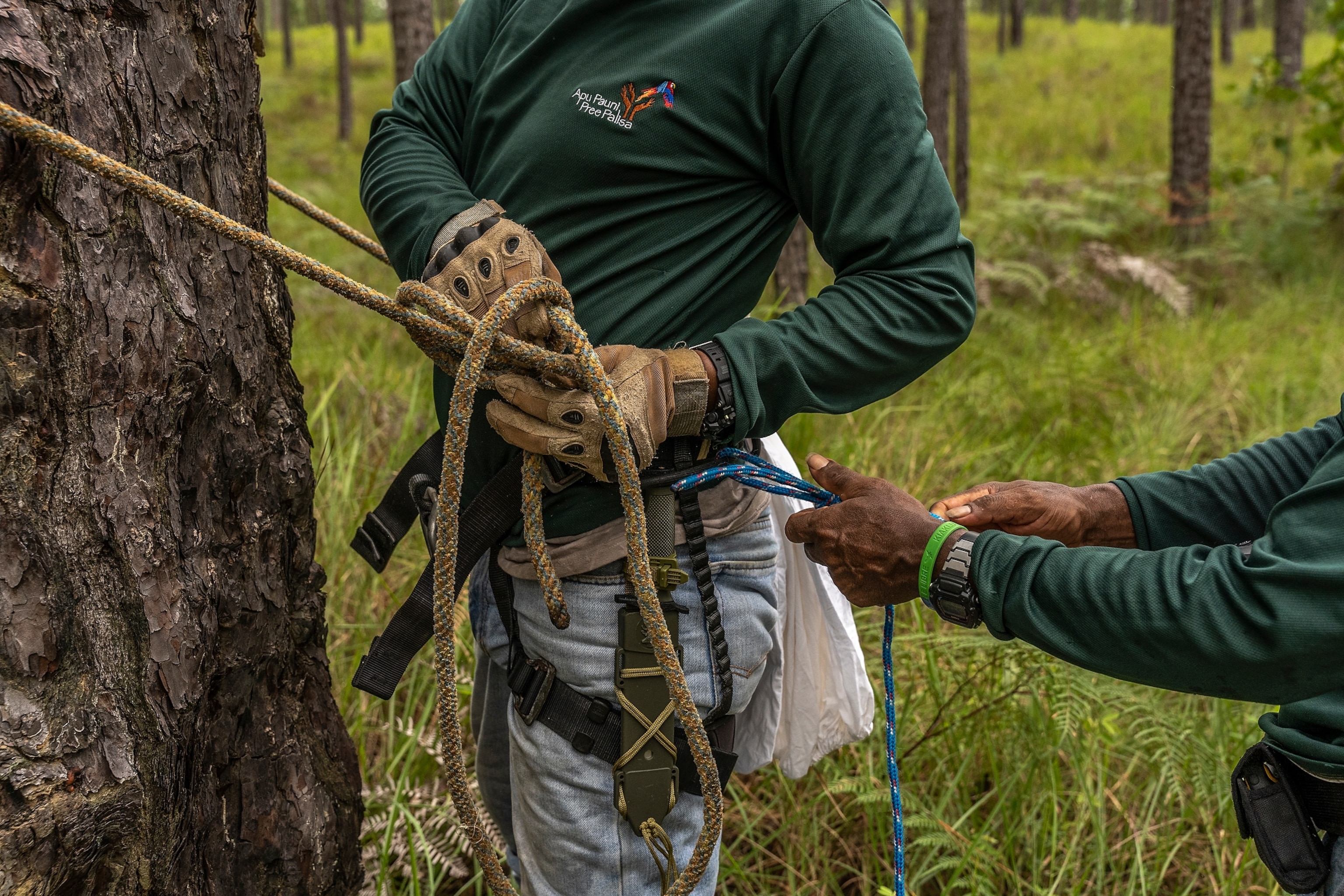
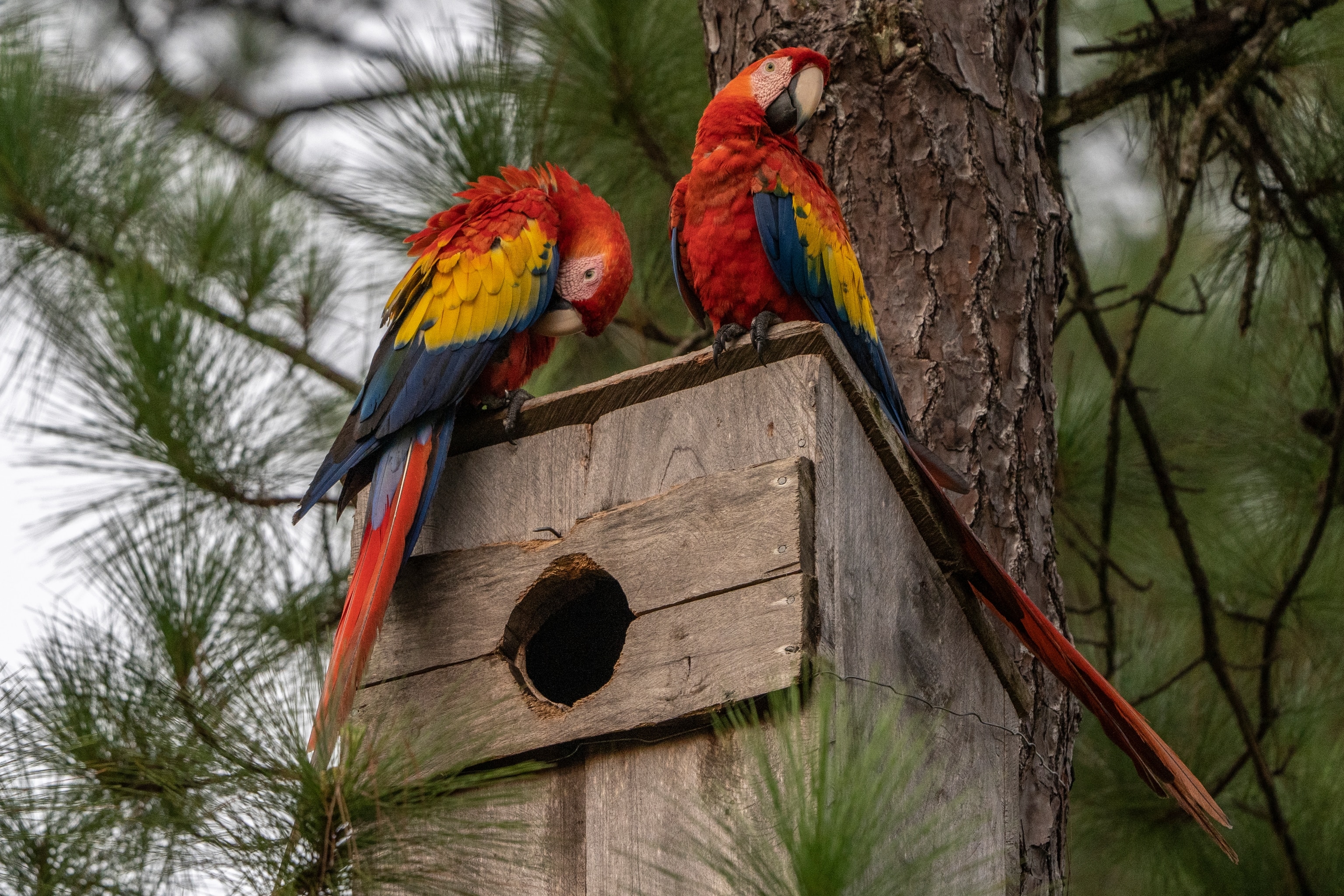
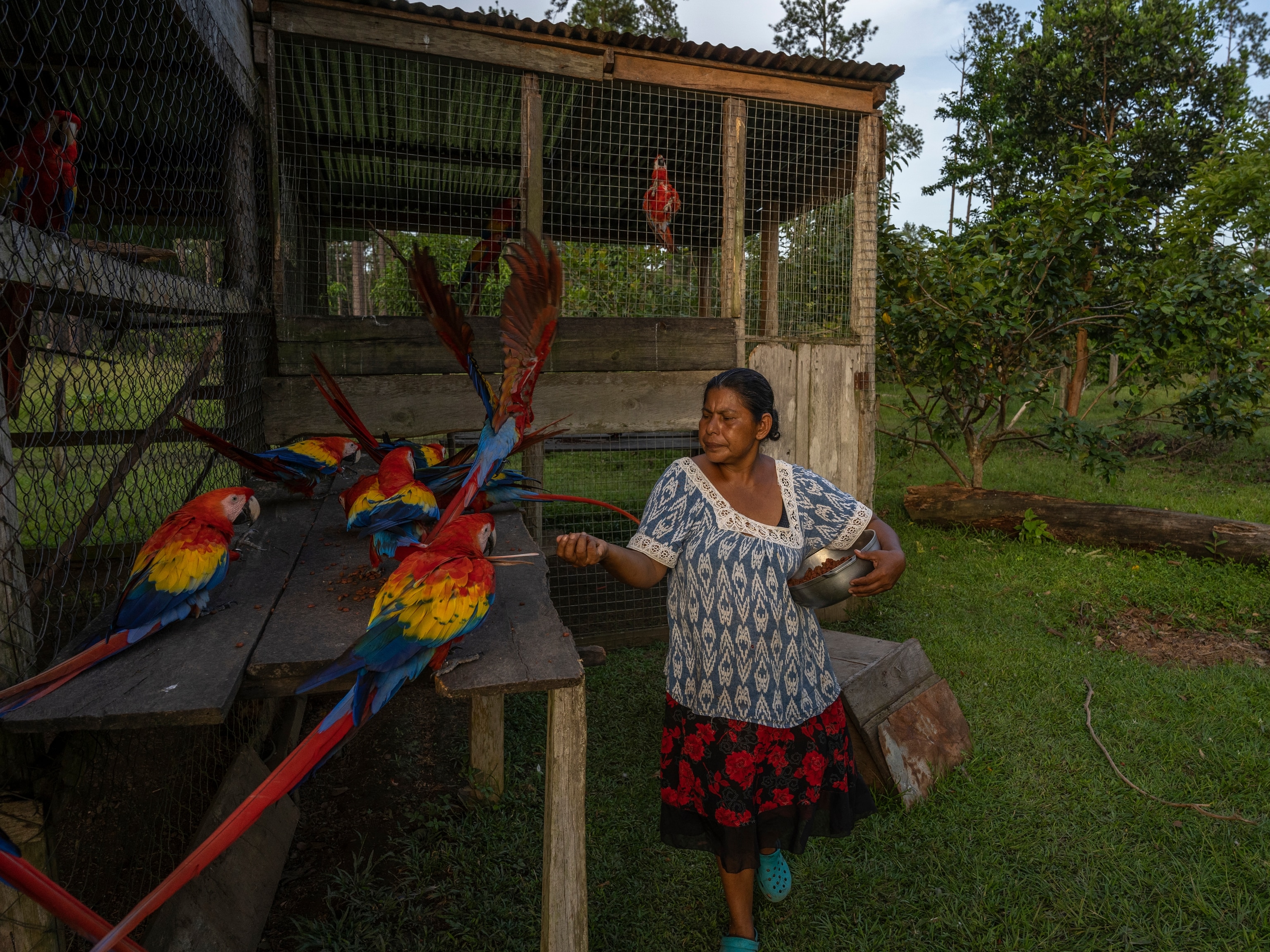
Twice a day, she prepares food for 40 to 60 macaws that come to her village for feedings. Pantin also cares for several other birds at a rescue center where birds retrieved from poachers, or chicks removed from their nests, are taken for care until they can fly freely again.
Years ago, her husband supported the family by planting beans, plantain, and yucca and by selling macaw eggs and fledglings as pets—not realizing it would have a detrimental impact on the bird population. When he learned the number of macaws was drastically declining, Lacuth decided to become a guardian of their nests. He confronted other poachers and tried to convince them to follow in his footsteps.
“They threatened me, but I held on to my thoughts to convince everyone to stop poaching the chicks,” says the community leader. “For many years the macaws helped me by selling them to be able to buy food for my family. Now it was my turn to help them.”
Before 1990, the hunting and sale of wild species was legal and thousands of macaws disappeared, placing some of the animals at risk of extinction.
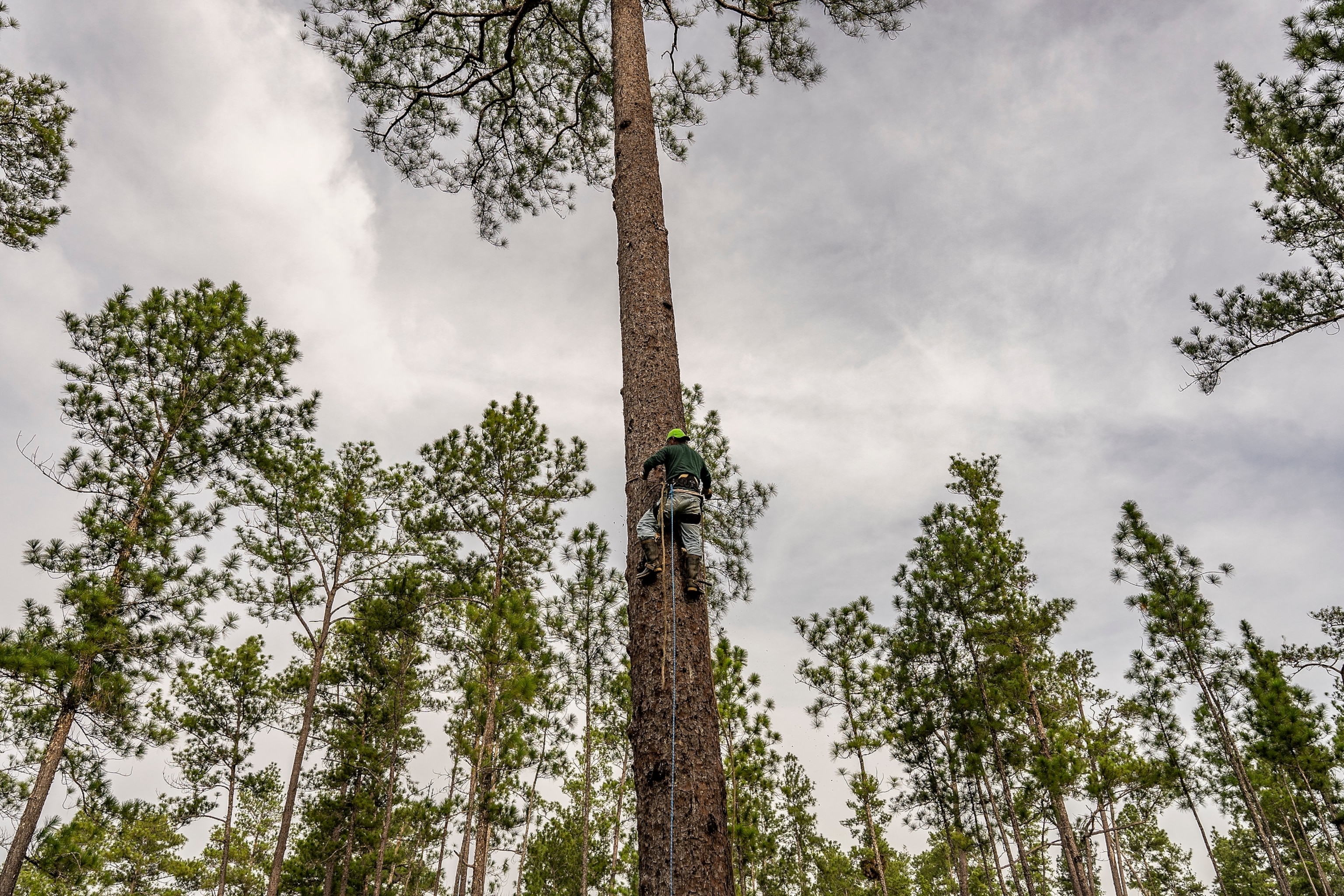
Nesting on pine trees
The macaws who breed in this part of Honduras have a unique habit: they nest in towering pine trees. Elsewhere—from Mexico to parts of the Brazilian Amazon—these birds generally nest in tropical broadleaf forests where trees shed their leaves seasonally.
Héctor Portillo began visiting La Mosquitia more than 20 years ago to study the species. By 2010, his research determined that the scarlet macaw population had dwindled to 100 birds, compared to 500 in 2005.
Portillo’s work drew the attention of international organizations, such as the One Earth Conservation based in New York, which provided funds for a program to monitor and strengthen the macaw population with the support of Indigenous residents. Former poachers were paid about $10 per day to help care for the macaws and Panting was tapped to serve as the community’s project director.

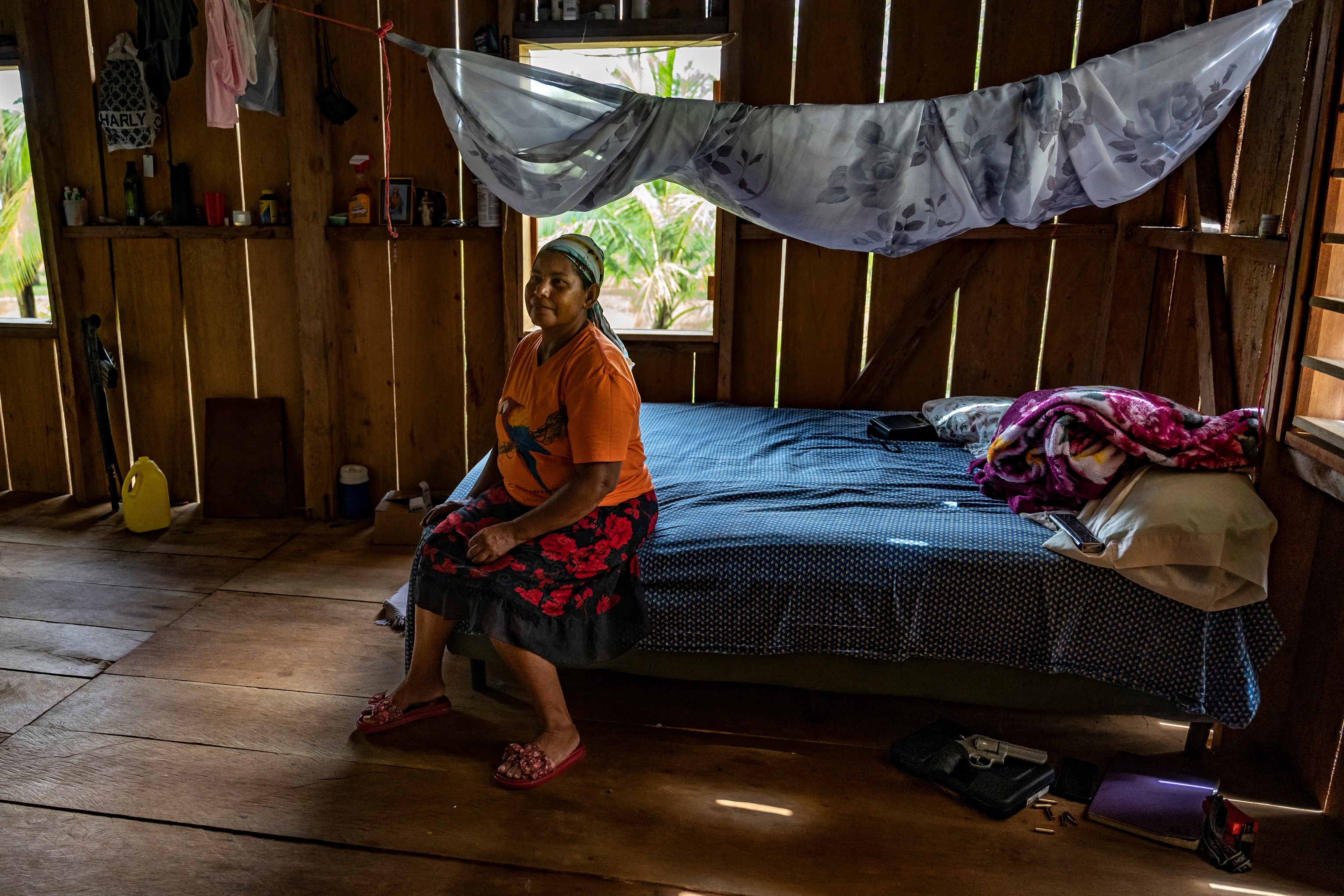
“[As an organization] we are all over the Americas, but the Mabita project is one of the most compelling we know because of the commitment of Pantin and Lacuth, and the entire community,” says LoraKim Joyner, founder of One Earth Conservation.
During the first patrols, Lacuth and his brother recovered seven baby macaws, which he then took home to be cared for by his wife. Pantin immediately took on the role of cook, nurse, and surrogate mother while the birds learned how to fly. “She makes them live,” Lacuth says. “Not everyone can do that.”
Despite having their own family to feed, including six children and other young relatives, the couple opted to share some of their crops with the birds. “It is vital to take care of them,” Pantin says. “Sometimes food is scarce, but we always do our best so that they have something to eat.”
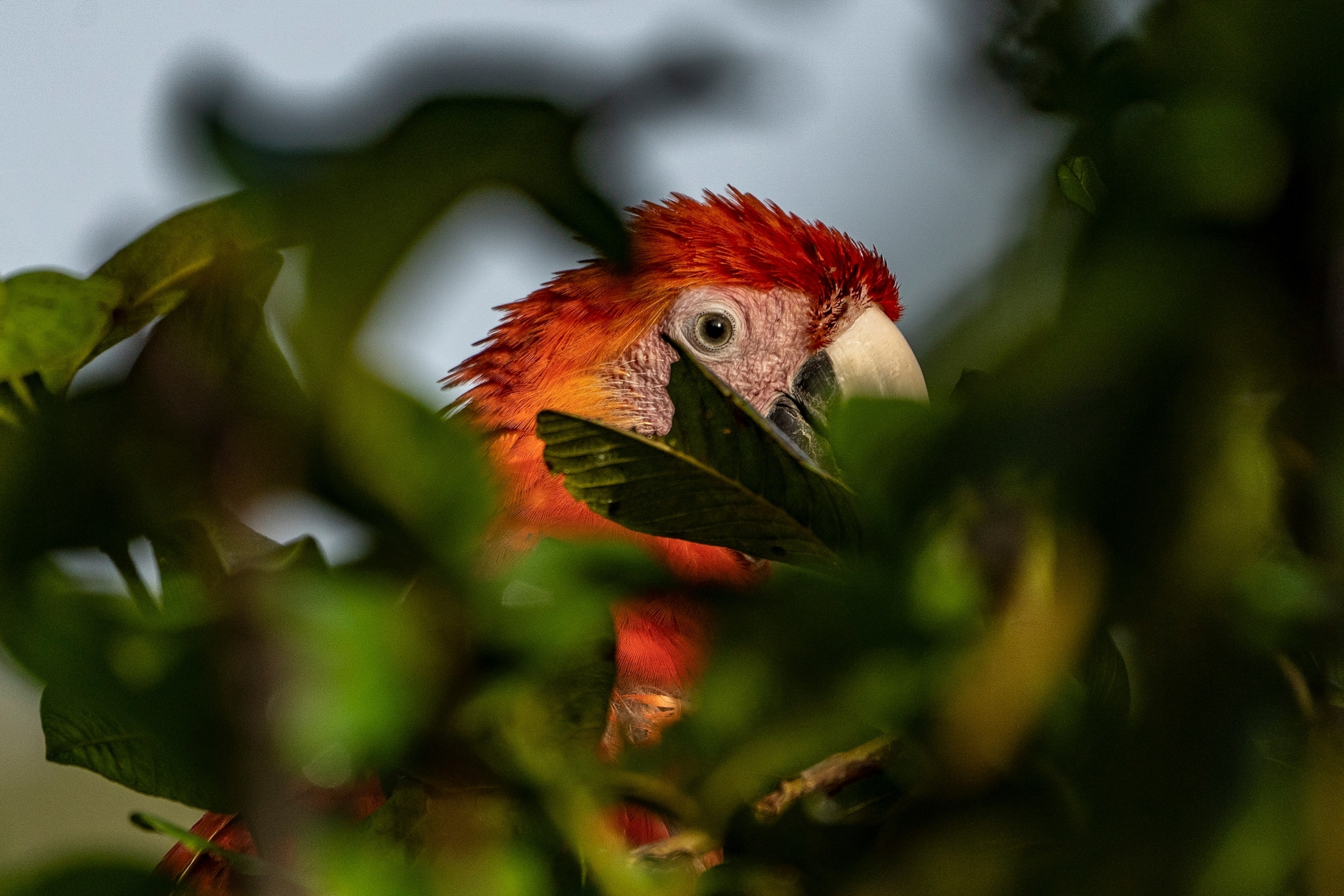
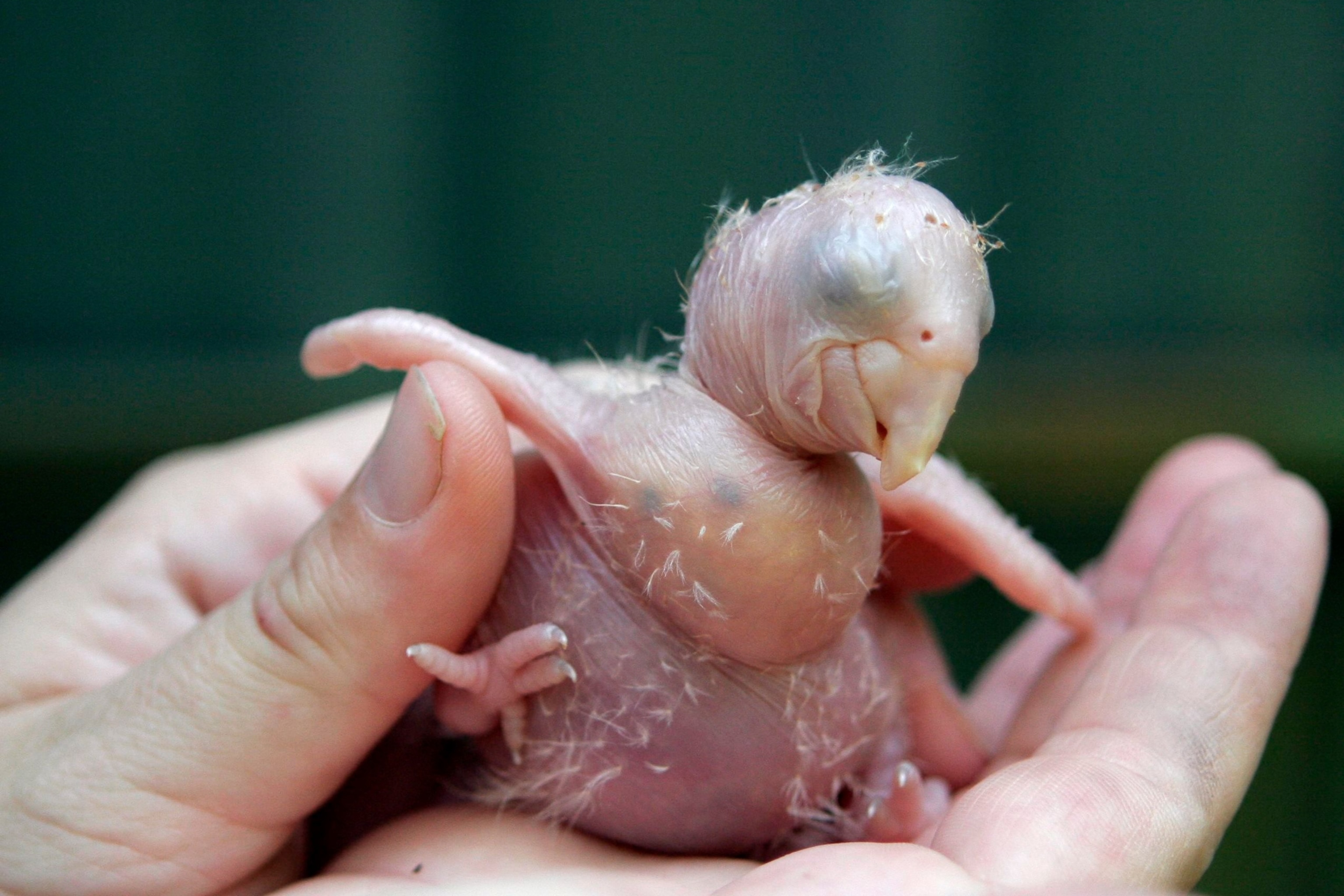
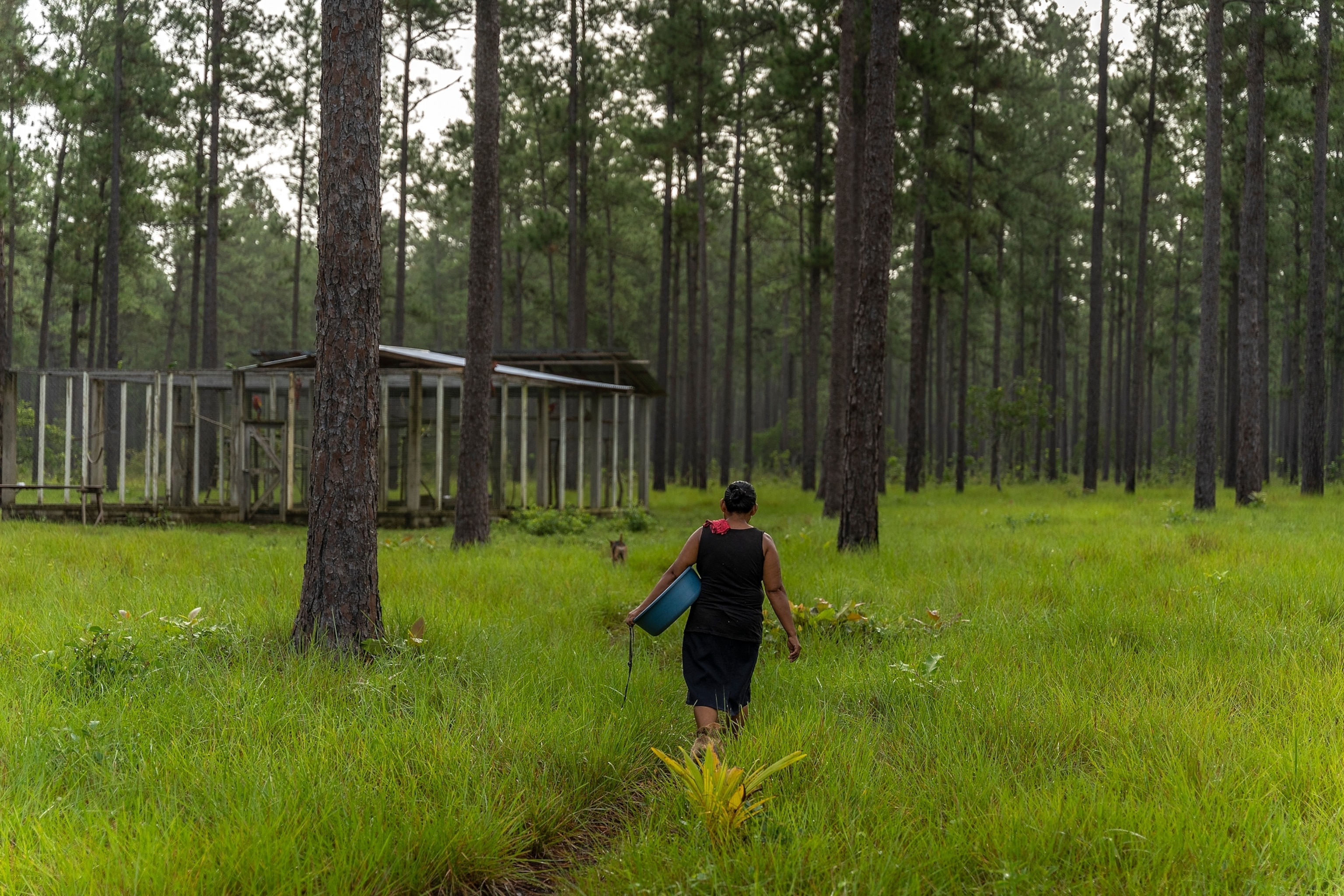
Between November and May of each year, macaws lay between two and four eggs. The chicks are born with their eyes sealed shut and sparsely feathered. During their first 10 weeks, both parents care for the chicks, feeding them four to six times a day. The young take between 40 to 45 days to reach their maximum size, and 10 to 16 weeks to fly and learn how to feed themselves.
Mabita’s inhabitants didn’t know the harmful impact of extracting baby macaws from their natural environment. “In this region we don’t see much money. Before 2010, the only way to get it was by selling the macaws,” says Lacouth, the former poacher turned conservationist. “Seeing that they were disappearing, I decided, together with the community, to protect them. The macaws helped me survive, and now it’s my turn to help them.”
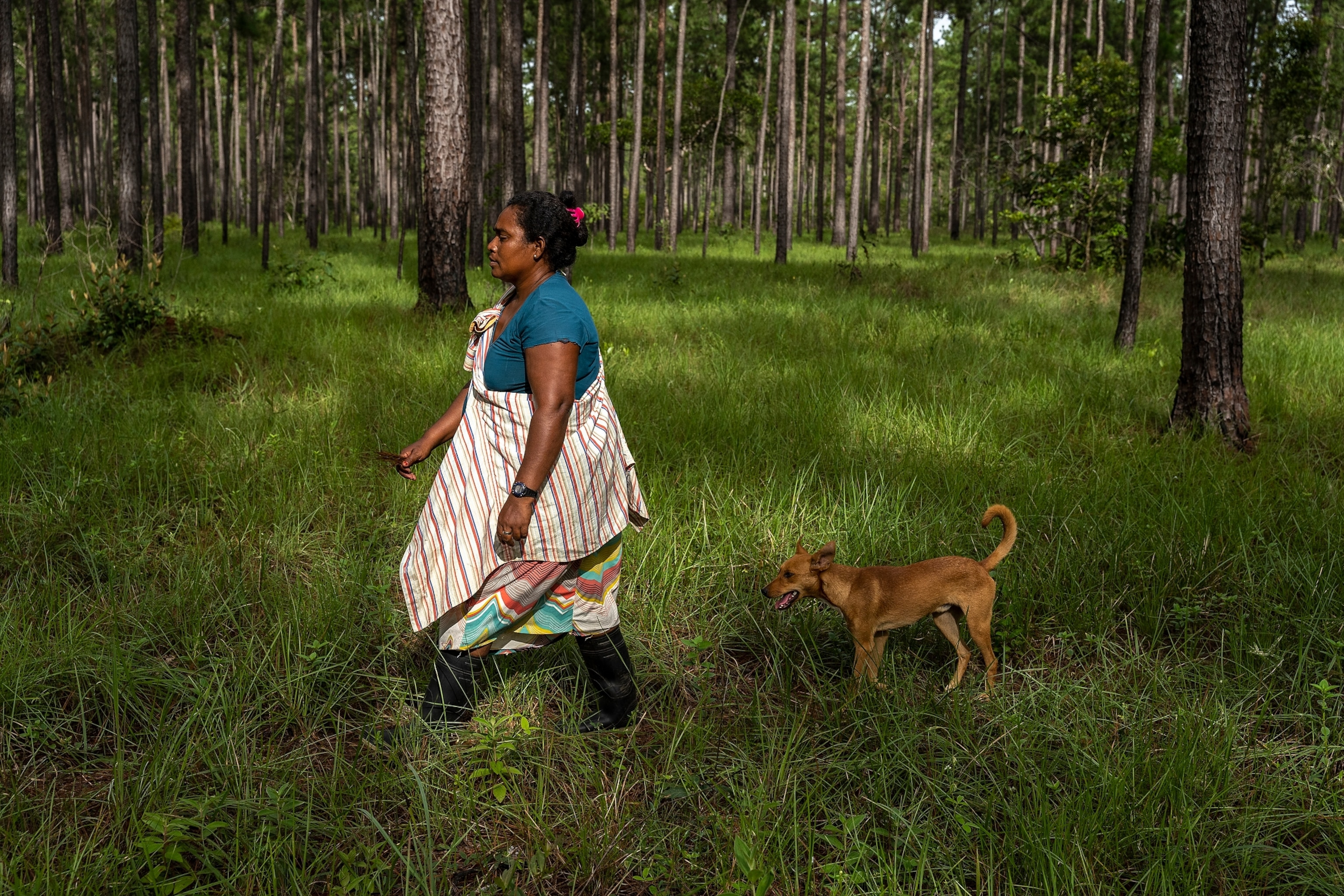
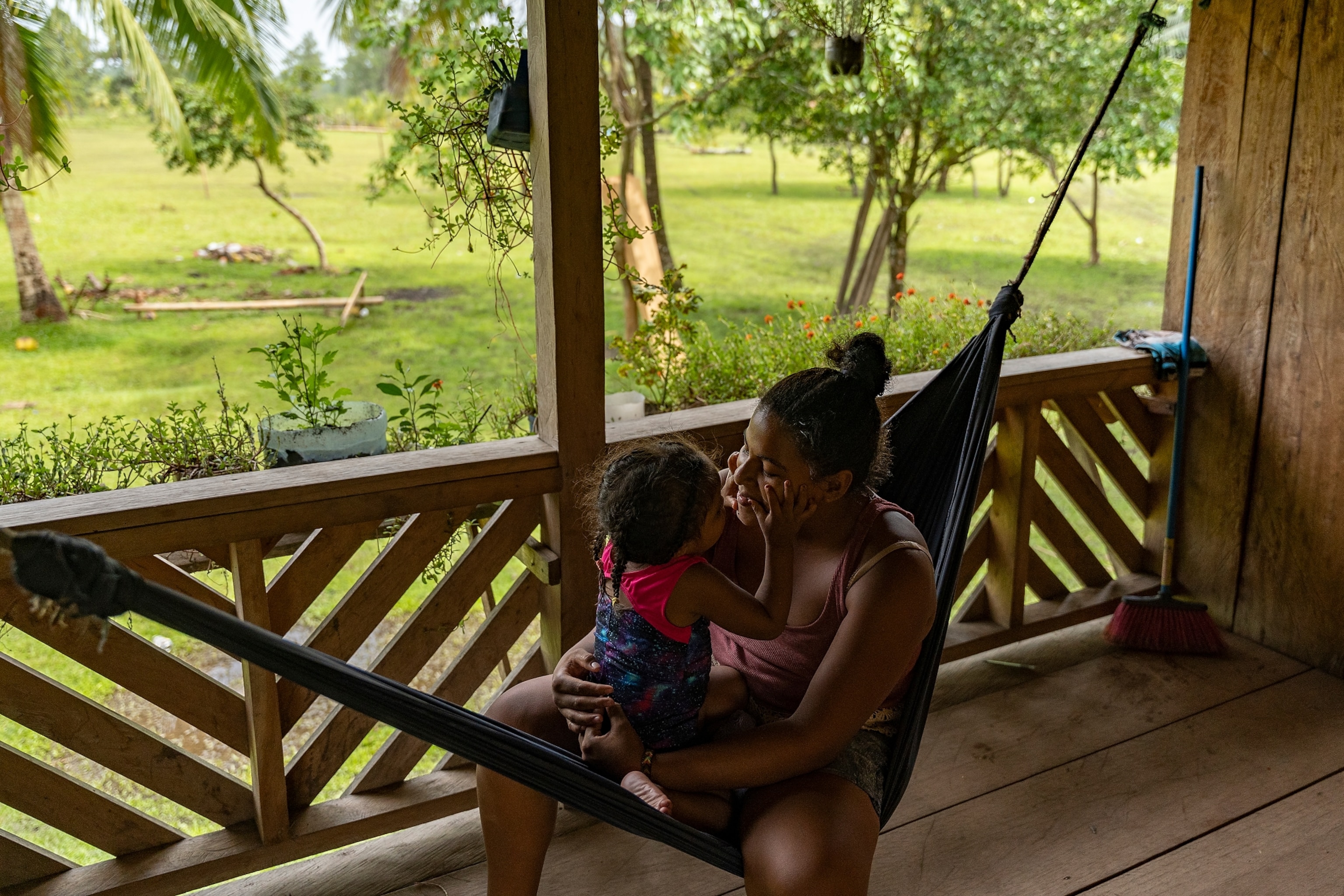
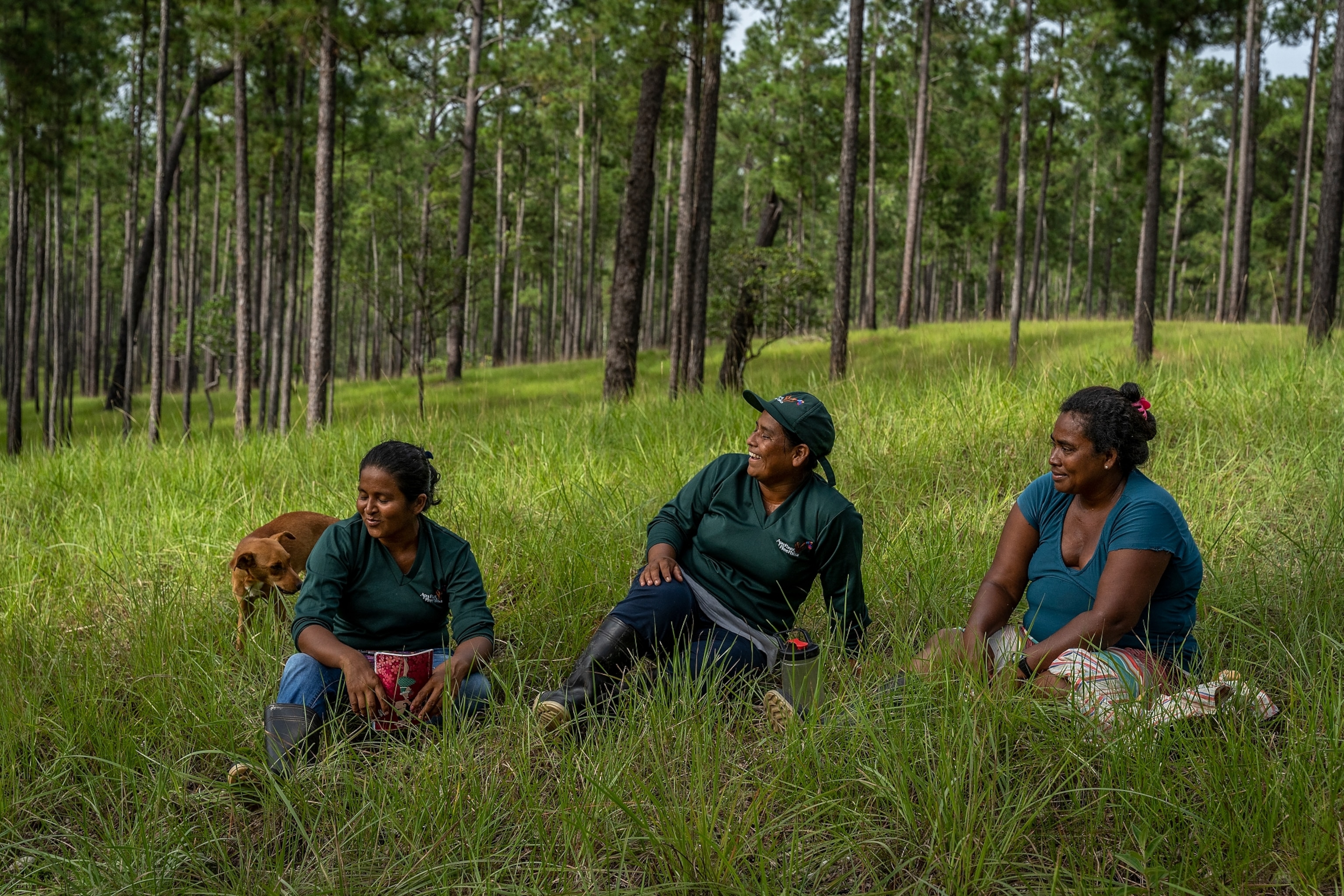
Other Mabita residents joined Lacuth and Pantin’s effort, switching from extracting the chicks from their nests to climbing trees to help conduct biological research. Residents learned how to handle the chicks, how to measure them, weigh them, and document the information for later analysis.
“I liked having parrots in my house as pets, but Dr. LoraKim explained to us about the importance of these birds for nature and why they should be free,” says Celia Lacoth, the community’s only teacher.
You May Also Like
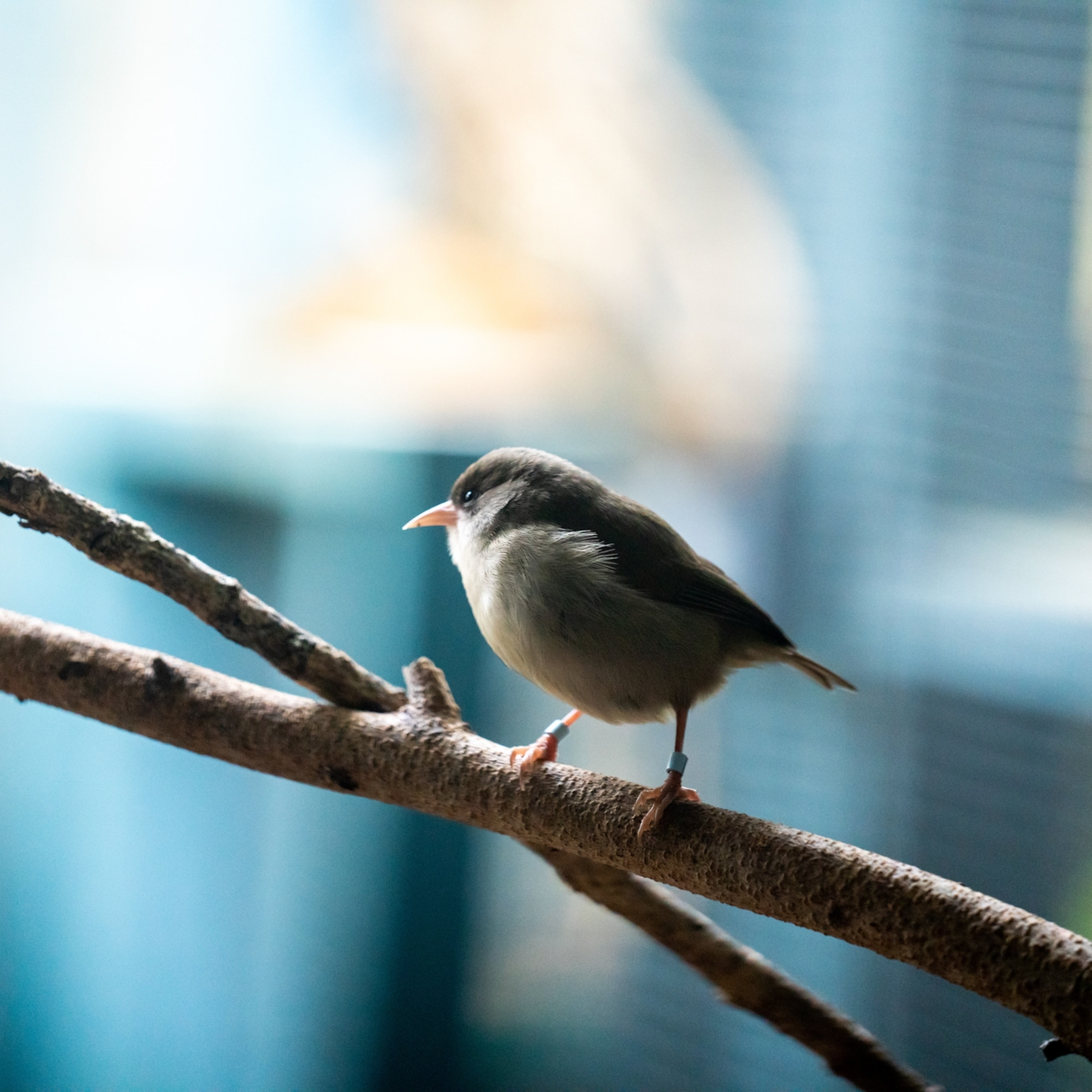
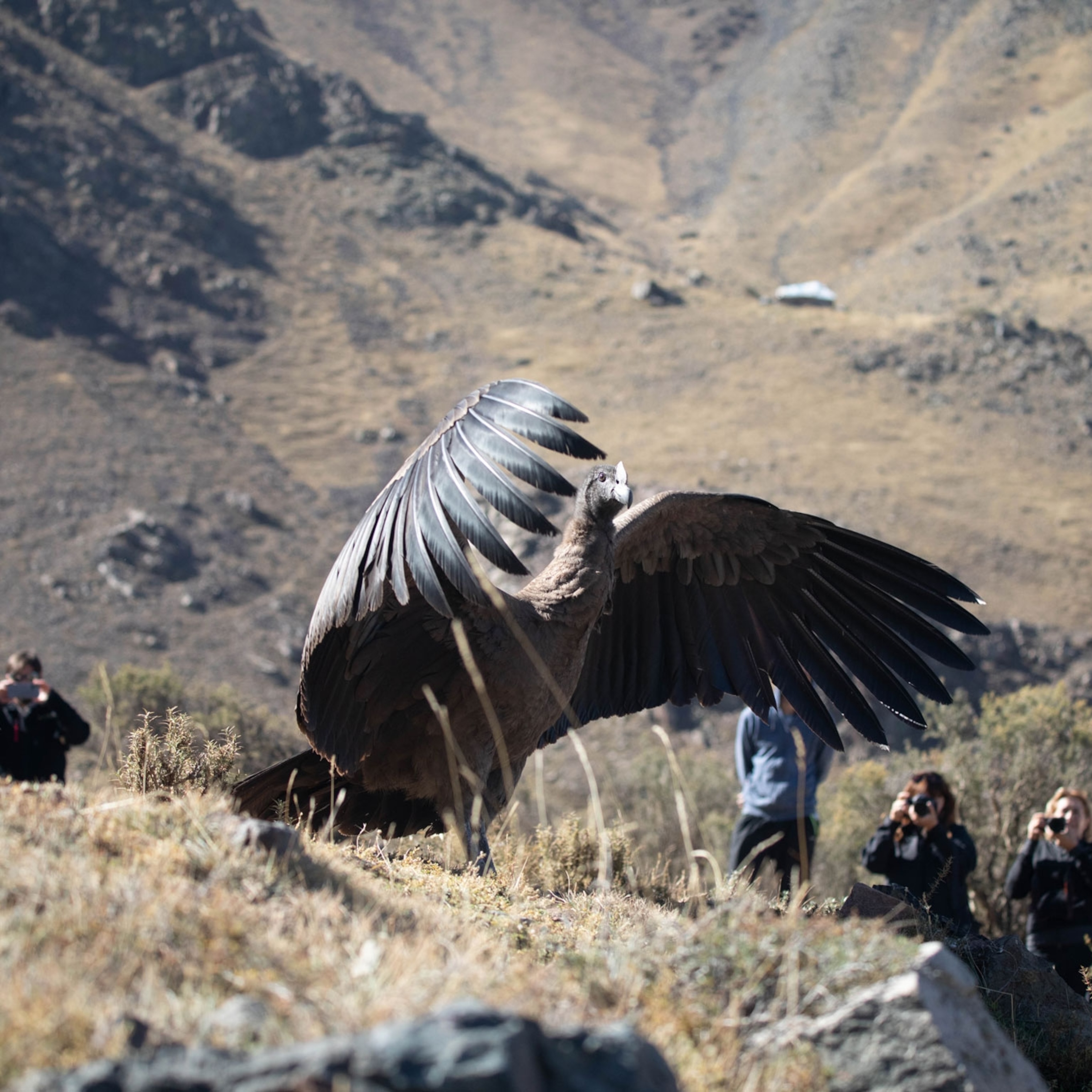
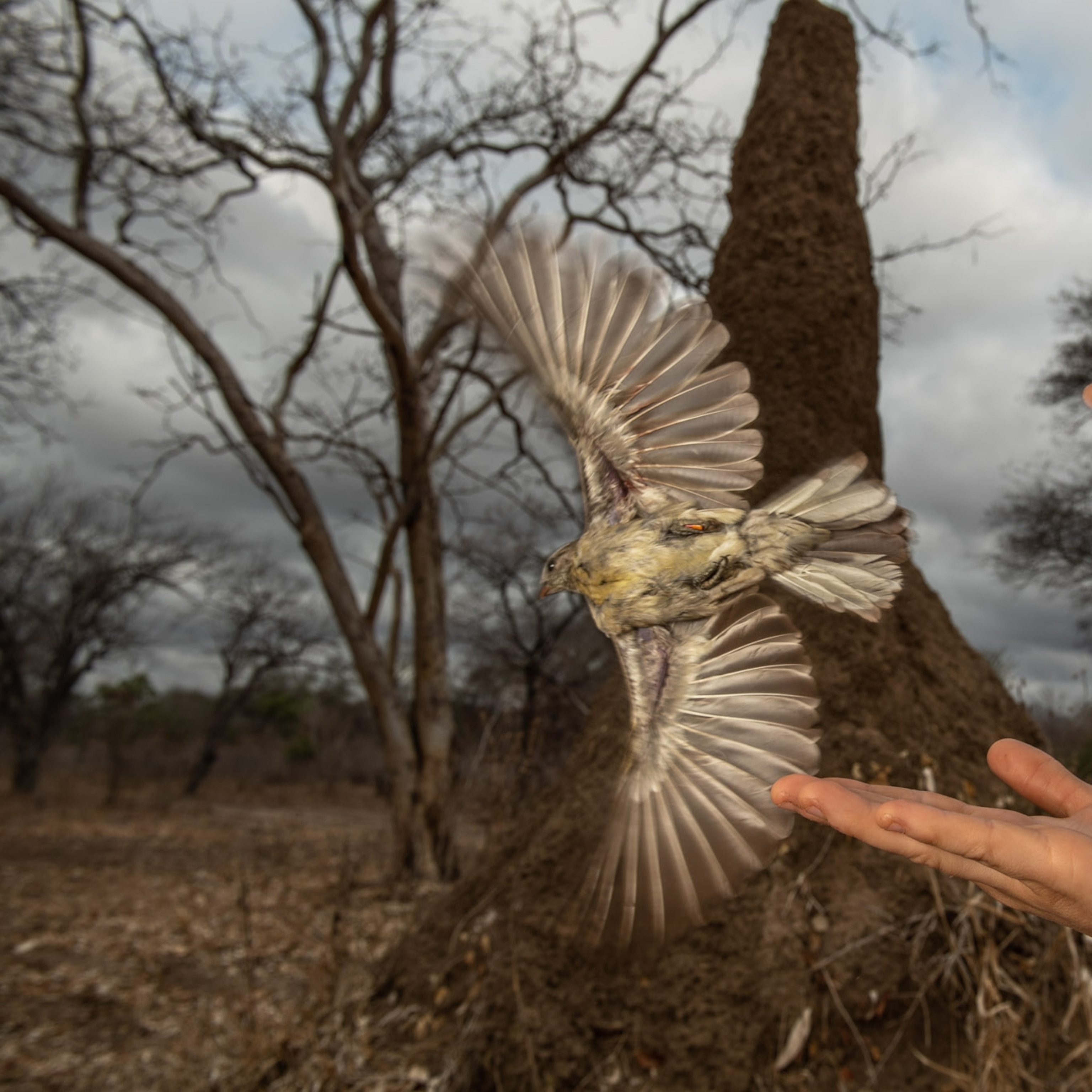
In 2014, additional funds came form the United States Fish and Wildlife Service (USFWS) and England’s Darwin Foundation also stepped in to support the conservation and community engagement efforts. These resources helped to systematize the documentation process and mark trees with macaw nests using GPS points. The protection and monitoring coverage area grew from some 37,000 acres in 2010 to nearly 990,000 acres today.
“Thanks to this, we have been able to learn about the conservation status of biodiversity in almost the entire Mosquitia region,” says Portillo.
Hazy future
Since the project began, the scarlet macaw population has grown from 500 to more than 800. However, there is concern the progress made thus far will suffer a setback: funding for the community involvement program ended in June 2022.
But other programs are underway to help keep track of the animals. A center was built to teach visitors about the macaws and the Honduran government has pledged to create a “green battalion” within the army to keep poachers away, ward off drug traffickers, and prevent illegal logging that would harm where the birds nest.
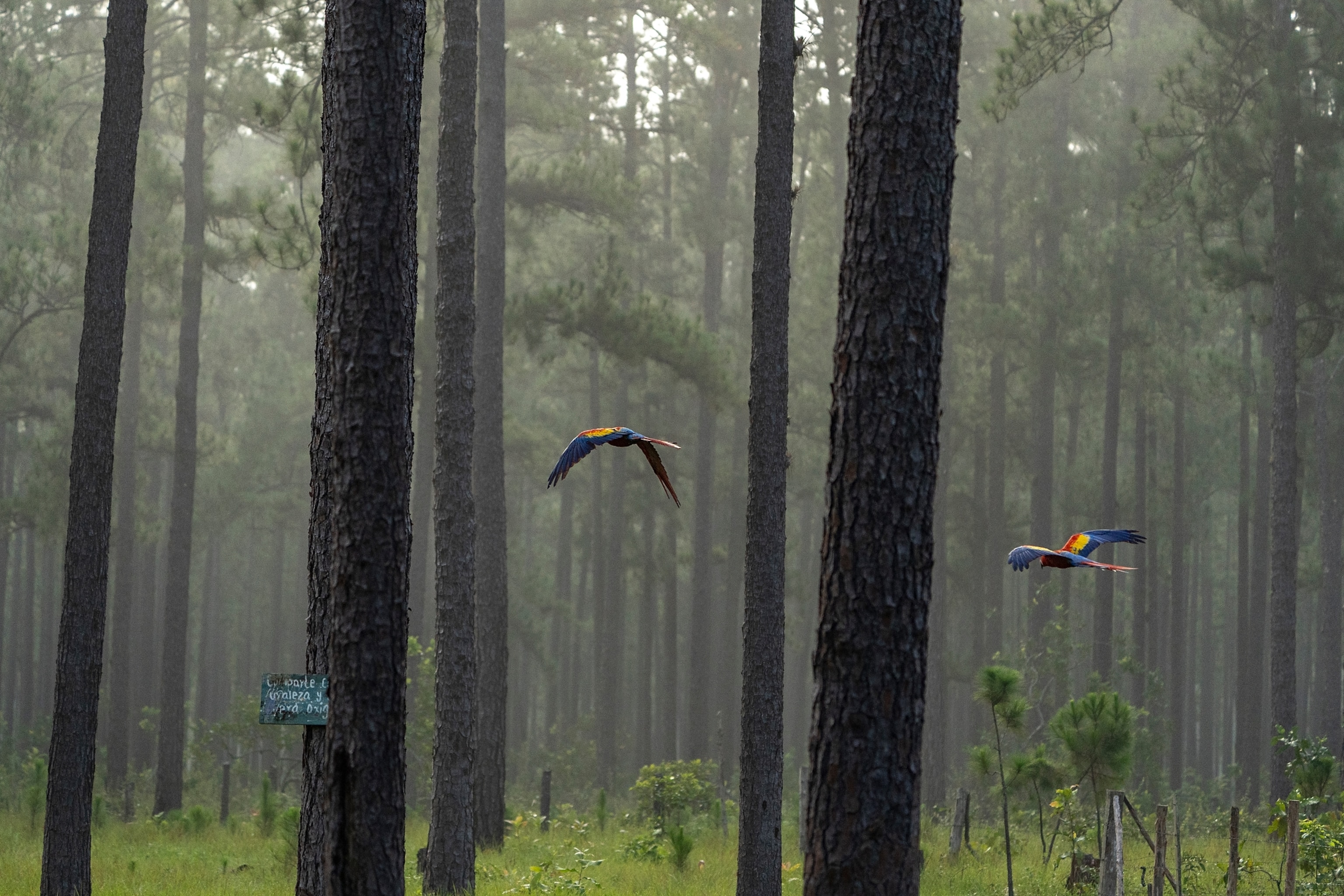
Meanwhile, members of the Miskito community have vowed to continue to protect the country’s national bird.
“Now we have seen that the number of birds has increased,” says Pantin. “But that does not change our goal, which is to continue caring for them so that our children and grandchildren have the opportunity to enjoy everything that nature gives .”





